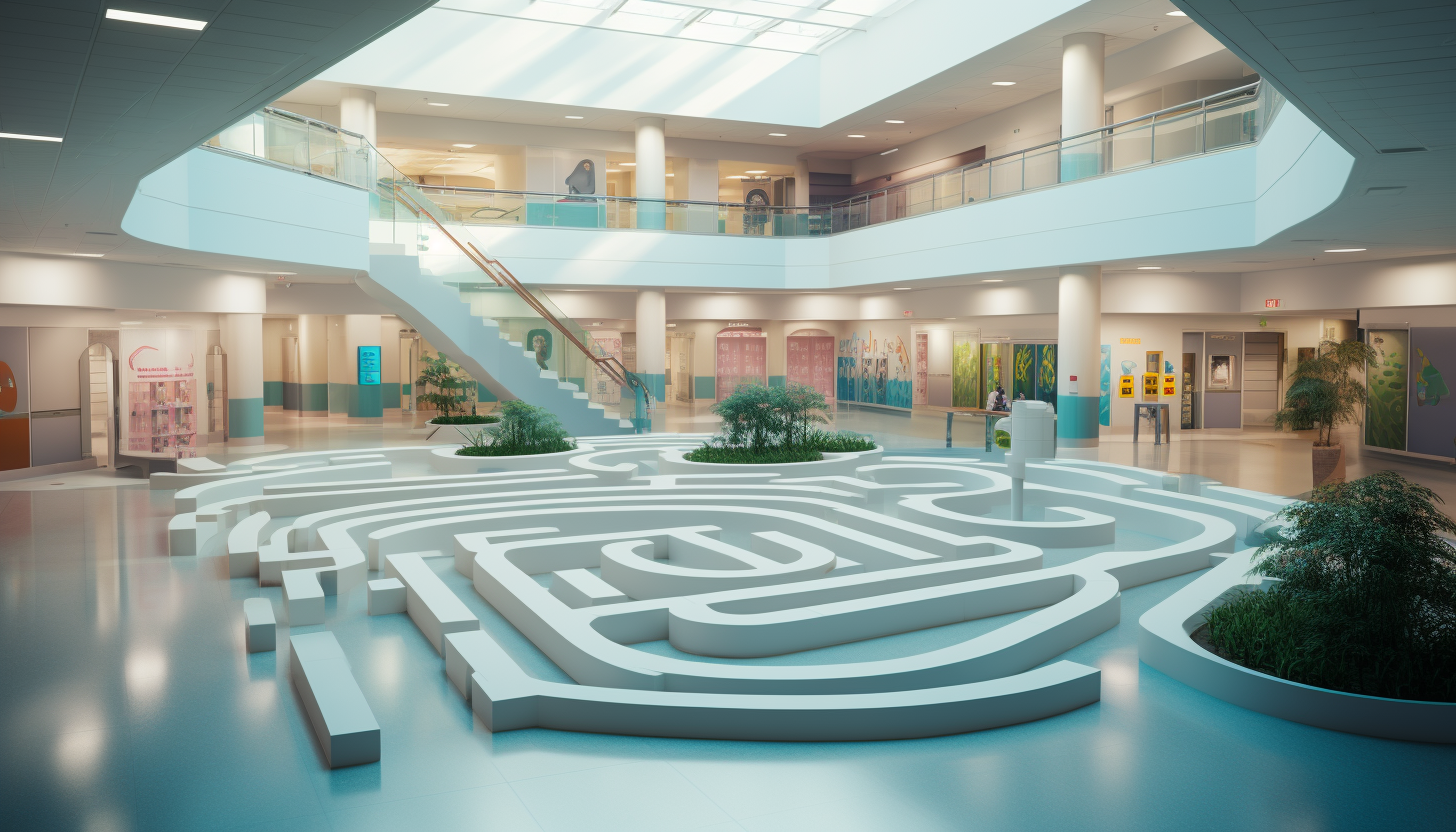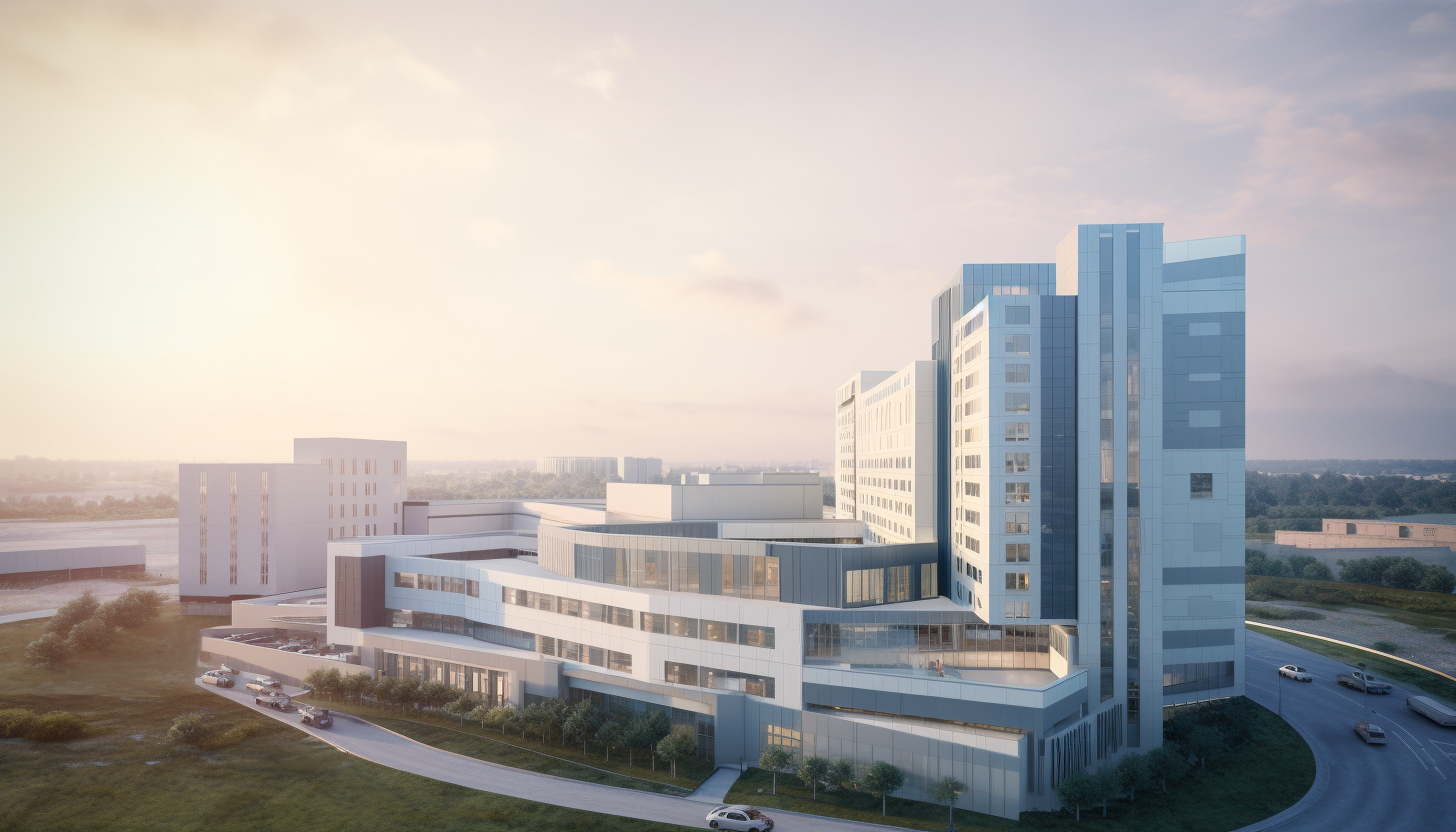The hidden costs of getting lost in a Hospital
How wayfinding saves time, money and frustration

Why people get lost
Navigating through hospitals can be a challenging task and stressful experience for patients, visitors, and even staff. With the increasing complexity of hospital layouts and diverse user needs, there is a growing demand for effective and accessible wayfinding solutions.
Misinformation and not up-to-date information are among the most common issues why people get lost. The lack of quality information across platforms allows for disorientation, a feeling of getting lost, and not knowing which source to trust. Some of the issues include:
- Getting lost, high stress levels
- Not on time for an appointment
- Unable to orientate/navigate
- Information not correct/up-to-date
- No holistic wayfinding approach
Costs of Getting Lost
Wayfinding issues lead to significant costs due to staff time spent on assisting lost individuals, delays in patient care, and missed appointments.
A Deloitte report showed that medical staff spends on average 4,500 hours in giving directions every year. That is a considerable amount of time wasted just on giving directions.
Lost patients and visitors disrupt hospital schedules and workflows, leading to inefficiencies and increased workload.
Navigational difficulties heighten stress and dissatisfaction among patients. Efficient wayfinding is crucial for patient safety, especially in emergency situations.

Three Main Reasons Why People Get Lost in Hospitals
-
Complex Hospital Layouts: Hospitals often have intricate, sometimes maze-like structures with long corridors which look similar and multiple wings, making navigation challenging for patients, visitors, and even staff.
-
Inadequate Signage and Wayfinding Systems: Traditional signage and wayfinding tools are frequently insufficient, leading to confusion and difficulty in locating destinations within the hospital.
-
Lack of Pre-Visit Information and Real-Time Guidance: The absence of effective pre-visit directions and real-time navigational assistance exacerbates the confusion, especially for first-time visitors.
Assessment of the Costs of Getting Lost in Hospitals
-
Financial Impact: Wayfinding issues can cost hospitals significantly, with studies showing expenses up to $500,000 annually at due to staff assisting lost individuals and other related inefficiencies. Missed appointments due to navigational difficulties add to this burden, with the NHS losing almost £1 billion annually.
-
Operational and Staff Impact: Staff spend substantial time assisting lost patients, leading to lost productivity and increased workload. This can result in staff burnout and compromised patient care.
-
Patient Experience and Safety: Patients experiencing stress and confusion due to poor navigation can have longer hospital stays and increased health risks.
In summary, inefficient hospital wayfinding systems lead to significant financial costs, operational challenges, and negative impacts on patient experience and safety.

Case for wayfinding
Wayfinding is a multidisciplinary design profession, combining cognitive behavior, information design, and user experience. It enhances the process of finding your way to a destination in a familiar or unfamiliar setting by using cues from the environment.
The goal of wayfinding is to create a unique and seamless journey by showing the right information at the right time. A comprehensive and bespoke wayfinding system where patients and visitors can orientate, navigate, and locate destinations in a building or environment.
Holistic wayfinding approach
A holistic wayfinding approach that reduces stress and costs while creating a seamless journey experience in hospitals should include:
- Integrated Digital and Physical Signage: Combining clear, large physical signs with digital solutions (like interactive maps and mobile apps) ensures accessibility and real-time guidance for all users.
- Personalized Navigation Assistance: Utilizing technology such as QR codes, WiFi triangulation, or beacons for real-time, personalized navigation can cater to individual needs and reduce the likelihood of getting lost.
- Pre-visit and On-site Information: Providing detailed pre-visit directions and on-site information desks or volunteers can help orient visitors upon arrival and throughout their visit, addressing wayfinding issues effectively.
This approach combines technology, human assistance, and clear physical markers to create an environment where patients and visitors can navigate hospital spaces more confidently and efficiently.
Design for today and plan for the Future
Our vision for Wayfinding is an integrated information platform that creates an on-demand and personalized user experience. Our approach seeks to improve people’s understanding of the built environment by implementing identity, urban design, and wayfinding strategies.
Key takeaways
- People first — User-centered information tools
- Integrated — Holistic design approach
- Vision and research — Solving wayfinding problems
- From the place for the place — A unique experience
- Seamless — Extendable and flexible
- Digital — Personalized experiences
- Build design resources — Ensure legacy
- Invest once and wisely — High quality delivers a ROI
Let's work together
More on hospital wayfinding, contact us →
Every day, our work helps thousands of people navigate hospitals. We are experts in placemaking and wayfinding.